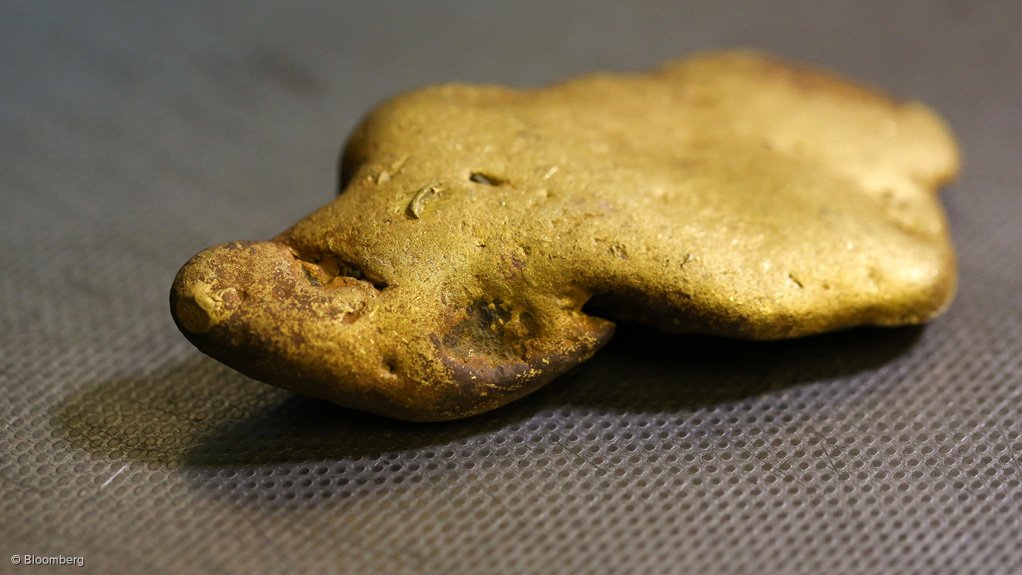JOHANNESBURG (miningweekly.com) – As more junior explorers head to the Pilbara in search for gold mineralisation similar to that found in South Africa’s Witwatersrand, Melbourne-based mining consultant Surbiton Associates has urged caution, reminding investors about the costs and risks involved in exploration.
“It is good to see such interest in gold exploration locally, but real caution is needed,” director Dr Sandra Close said on Sunday.
“It is very early days and despite the publicity, there is a great difference between an exploration play and a successful mining venture. Exploration is a risky and expensive business.”
More than 25 publically-listed companies are currently exploring for gold in the Pilbara, all searching for gold that occurs in conglomerates. The theory is that rocks of a similar type and age occur in the Witwatersrand basin, which according to South Africa’ Chamber of Mines has produced more than two-billion ounces of gold.
The modern-day gold rush has ignited the share prices of several junior explorers, with the stock of Canada’s Novo Resources and its Australian joint venture partner Artemis Resources having done particularly well. Novo and Artemis are zoning in on the Purdy’s Reward prospect, which hosts “watermelon seed gold nuggets” that they believe are indicative of Witwatersrand-style conglomerate gold. Since July, Novo’s share price has rocketed by more 900% and that of Artemis by more than 600%.
Many other juniors searching for conglomerate gold have also seen a sharp increase in their market capitalisations.
In addition to the usual uncertainties associated with exploration, the conglomerate-style gold occurrences also involve a classic sampling challenge: The ‘nugget effect’.
The ‘nugget effect’ refers to the influence that the presence a single nugget can have on an assay result if it happens to be contained in a sample. Conversely, if the sample fails to contain what is a representative gold content, the area could be wrongly dismissed as being of little value.
“Dealing with the ‘nugget effect’ is an expensive and time consuming business,” Close said, explaining that such exploration involved collecting and processing a “large number of large samples in order to obtain reliable results”.
Close also reminded investors that the use of the Witwatersrand model in the search for gold-bearing conglomerates in the Pilbara was “nothing new, although many seem to be unaware of this”.
Renowned prospector Mark Creasy has been convinced for decades there is significant gold in the Pilbara. He spent the late 1970s and early 1980s exploring for gold in the region and, although he had found conglomerates carrying high gold values, the overall grades were too low to support economic development at the time.
GOLD OUTPUT STEADY
Meanwhile, Surbiton on Sunday also published its quarterly gold production report, covering the three months to September 30. Gold production decreased by 1.4% from the June quarter output to 74.1 t in the quarter under review.
“It was the usual case of swings and roundabouts,” Close said. “Notwithstanding the ups and downs of individual operations, gold output in Australia remains relatively steady, taking into account all operations producing gold.”
Among the operations recording increased output were Newcrest’s Cadia East mine which produced 80 000 oz more than in the June quarter, as production recovers following the damage caused by a seismic event in April this year. Newmont’s Tanami operation in the Northern Territory produced 16 000 oz more and AngloGold Ashanti’s Sunrise Dam mine increased production by about 13 000 oz.
Operations recording lower production during the quarter were the Super Pit in Kalgoorlie, down 24 000 oz; Kirkland Lake’s Fosterville mine in Victoria where output fell by 15 600 oz, following record production in the June 2017 quarter and Newmont’s Boddington mine, which produced 15 000 oz less.
Among the operations producing gold as a by-product, output declined by 15 000 oz at BHP’s Olympic Dam copper/uranium/gold mine in South Australia.
GOLD ROYALTY
Commenting on the Western Australian government’s recent failure to impose a 50% increase in the gold royalty in Western Australia, coupled with a second attempt last week, Close said there seemed to be little understanding of the effects of cost increases.
“I am all in favour of a fair return to the community for the minerals they own. But it makes little sense to increase the royalty so that the economic cut-off grade rises and gold is left in the ground that was previously economic to mine,” Close said.
Western Australian Treasurer Ben Wyatt last week outlined details of a revised royalty hike plan to generate A$332-million in revenue. However, the proposal, which the gold mining industry was quick to reject, is unlikely to pass through Parliament as opposition, crossbench members of Parliament and Nationals have rejected the plan.
Government’s initial attempt failed to pass in October, when opposition parties blocked the move in the Upper House of Parliament.
The revised royalty proposal includes an increase from 2.5% to 3.7%, which will apply when the gold price is above $1 400/oz, instead of the previously planned $1 200/oz. The plan also includes an assistance package for marginal gold mines, which government said would address industry claims about job losses at marginal mines.
However, the mining industry has described the revised gold royalty increase as “no more than a repackaged version of the original” plan.
Edited by: Creamer Media Reporter
EMAIL THIS ARTICLE SAVE THIS ARTICLE
ARTICLE ENQUIRY
To subscribe email subscriptions@creamermedia.co.za or click here
To advertise email advertising@creamermedia.co.za or click here













